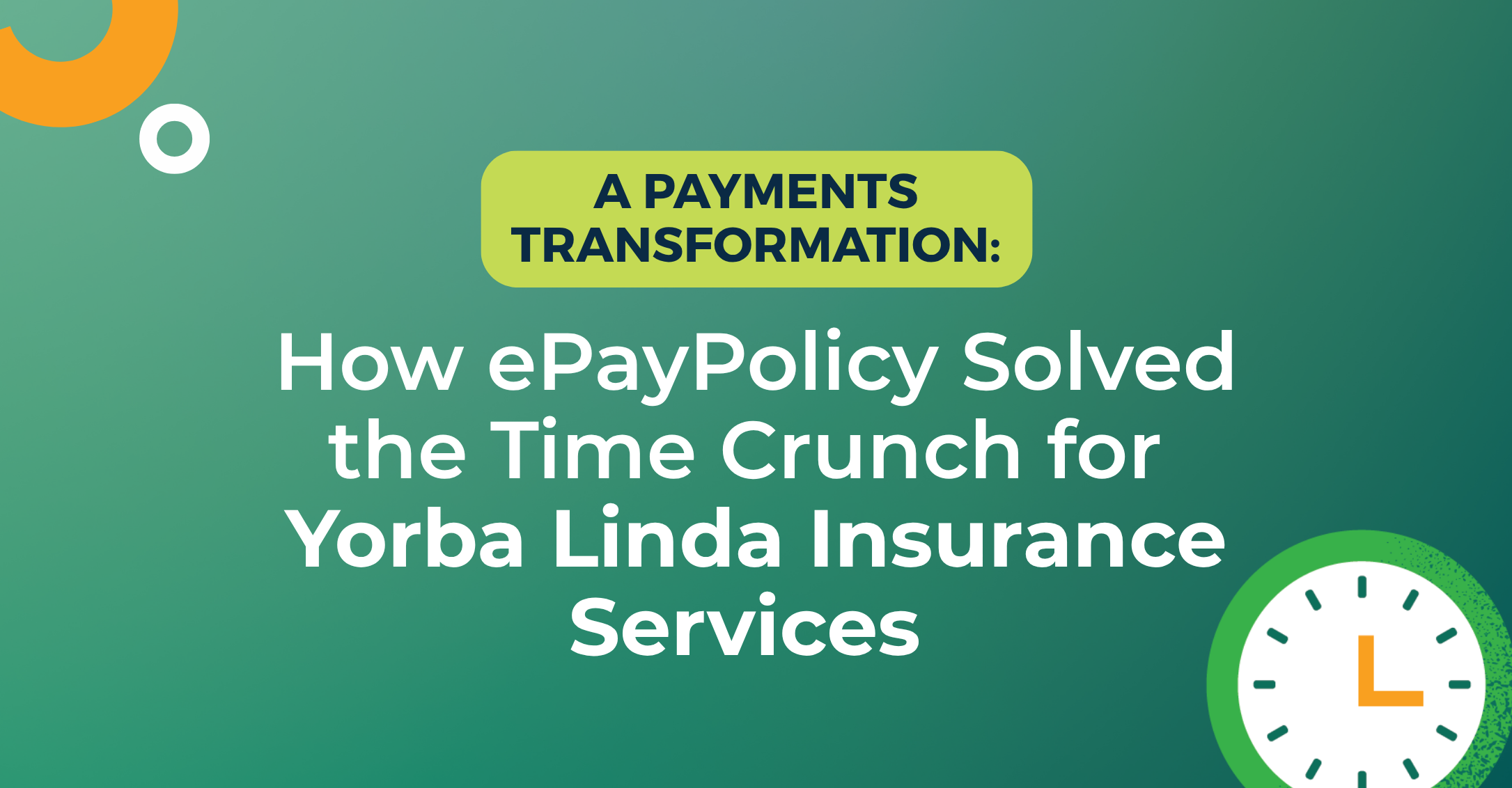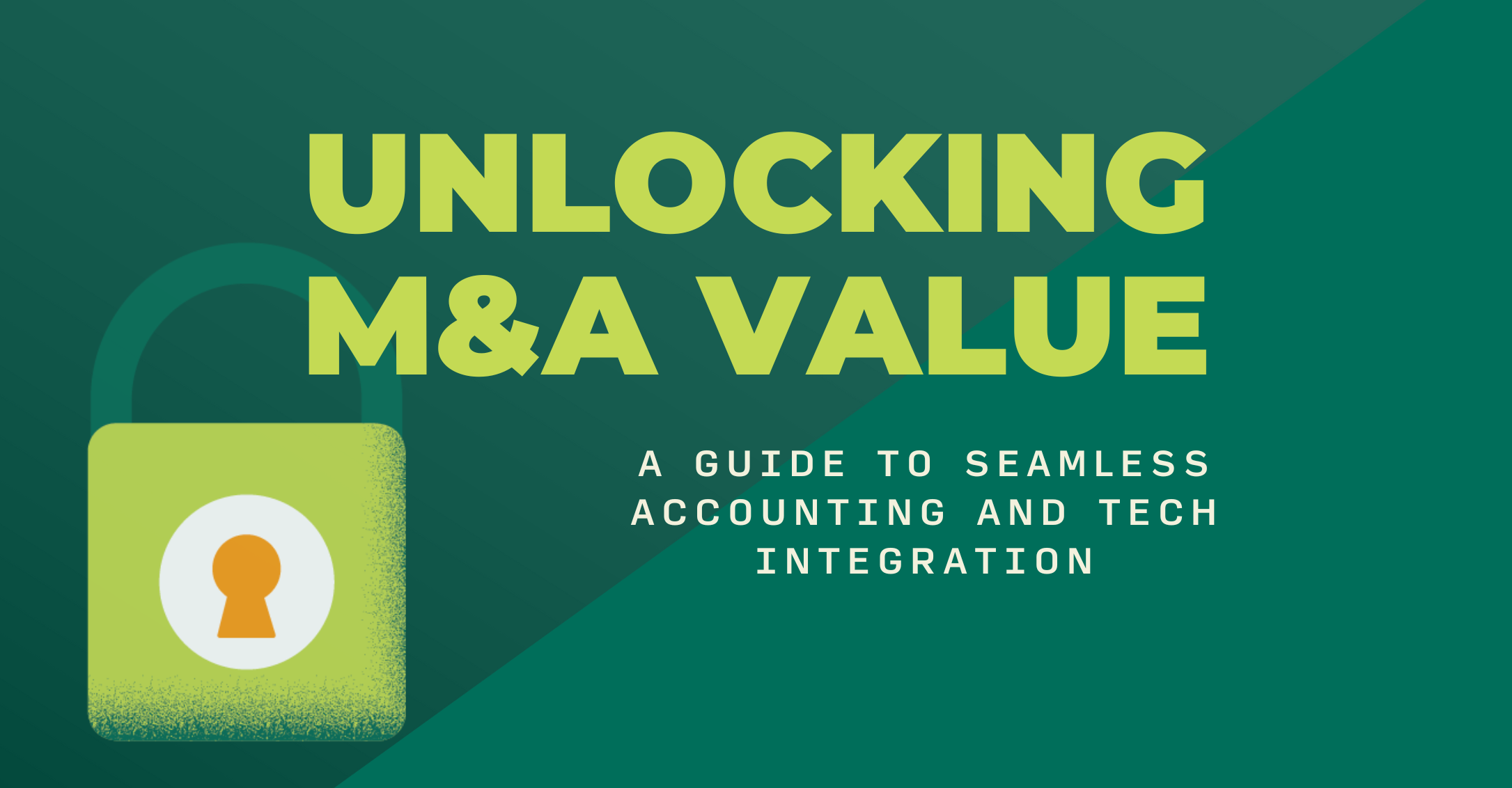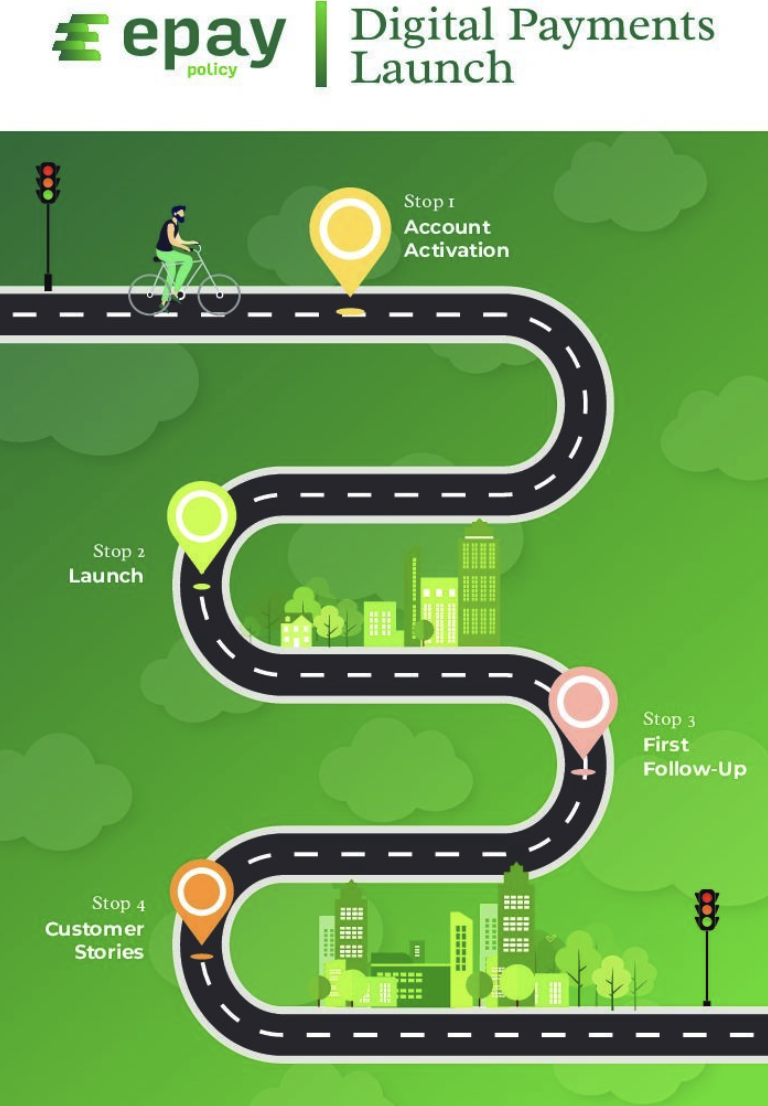Are you struggling to keep pace with surging cyber threats, stricter compliance, and clients who expect more than ever? The truth is, many in the insurance industry, from agencies to MGAs and carriers, are already facing these exact challenges, while others will confront them sooner than they think. We hit the Florida Association of Insurance Agents conference in Orlando, Florida, to gather actionable intel and strategies directly from some of the industry’s top leaders that will shape your year. Here are the four biggest trends you need to ride for the rest of 2025.
1. Cybersecurity Is Your Business Lifeline
Let’s cut right to it: if you aren’t taking cyber threats seriously yet, this is your sign to start. Cyberattacks are striking with increasing intensity and frequency. We heard some eye-opening stats from Production Underwriter, Juan Leal, at Evolve MGA. Imagine a ransomware hit costing a business $260K on average, plus 28 days of crippling downtime! Even more chilling? 60% of small businesses typically fail within 6 months after a cyber attack. Ransomware partly fuels this escalating threat as a Service (RaaS), which has lowered the barrier for cybercriminals, making sophisticated attacks accessible to more bad actors (I know, absolutely wild).
The good news? More mid-sized and large firms are grabbing cyber insurance. According to Swiss Re, approximately 62% of organizations have cyber insurance, with another 38% actively considering it. But here’s the kicker: there’s a massive gap across company sizes. Large corporations (over $10 billion in revenue) boast around 80% adoption, while only about 10% of small and medium-sized enterprises do. This massive gap shows that while big players are locking down their defenses, many others are still playing a high-risk game of chance.
We dove into first-party coverage (think data breach response and getting operations back online) and third-party coverage (covering lawsuits and hefty fines). This includes payment card exposures, where Evolve MGA warns fines can hit as much as $500K and reputational harm devastates. Protecting client payment data is more important than ever, and leveraging secure payment platforms like ePayPolicy is a key step towards PCI compliance and safeguarding against these specific cyber liabilities.
Underwriters are tightening their belts, demanding serious protection from insureds. We’re talking non-negotiables like multi-factor authentication (MFA), constant network monitoring, and ironclad offline backups. Bottom line: strong cybersecurity is fundamental to staying in business.
Key Takeaways:
- The threat is real and escalating: Ransomware is a bigger threat than ever, with 60% of small businesses going under after a hit.
- Cyber insurance is a game of haves and have-nots: While large organizations boast around 80% adoption, 1 in 5 are still playing a high-risk game without coverage. Meanwhile, only 10% of small businesses have protection, leaving a massive portion of the market exposed.
- Underwriters are done playing nice: If you want a policy, you need to prove your defenses are rock-solid with non-negotiables like MFA and offline backups.
2. Guard Your Agency by Mastering E&O Best Practices
This session was a wake-up call for every professional. Across the insurance industry, work is demanding. Even a single misstep can lead to serious headaches and detrimental financial loss. Enter: Errors & Omissions (E&O). The core message? Being meticulous pays off, big time.
Think about it: Have you ever used industry jargon that a client just didn’t grasp? This is often where negligent misrepresentation claims stem from (when complex terminology isn’t fully understood). Or maybe a small error snuck into an application? These issues can lead to denied claims, and if you have any agency, this puts you on the hook.
Keith Jones, an Assistant Lecturer at Florida State University and a recognized expert in Risk Management/Insurance, provides a simple, yet incredibly powerful solution: “document absolutely everything.” Log every call, every email, every client chat. Send those yearly updates. When you deliver policies, do so with care and verify every single detail.
Here’s a crucial tip for building that ironclad paper trail: if an insured declines a certain coverage, always follow up with an email confirmation of that rejection. It’s also vital to email yearly policy updates to clients and remind them to read their policies thoroughly.
Finally, scrutinize the language on your website and in marketing materials. If you wouldn’t want your claims and service descriptions blown up and on display for an entire jury to see, it’s time for a little content refresh, so ensure your online presence accurately represents your business to avoid inadvertently increasing your E&O exposure.
Essentially, your documentation transforms into your legal armor, showcasing your “heightened duty of care.”
Key Takeaways:
- Document everything (seriously, everything): Your meticulous notes and emails are your legal armor. Log every single conversation to protect yourself from costly claims.
- Keep it clear, concise, and confirmed: Don’t let a client’s misunderstanding of complex terms land you in hot water. And always, always get written confirmation when they decline coverage.
- Clean up your online act: If you wouldn’t want a jury reading your website’s claims, it’s time for a content refresh. Your online presence needs to be airtight.
3. The Sales Superpower to Focus On
Today’s buyers are savvy. 80% of people you’re getting in front of are looking you up online to learn more. So, if you’re still relying on cold calls, you might be whispering into the void. The future belongs to the “client captivators.”
What sets top performers apart? According to Duke Mills, President at WorkComp Solutions, they’re always learning, disciplined, proactive, and master communicators. They build relationships because, let’s be honest, “people buy you before they buy your service.” This client-centric approach stems from a core truth: “people don’t care about you or your company; they care about what you’re going to do for them.”
This means having a laser-focused sales strategy, knowing your ideal client inside and out, and crafting compelling sales stories. CEOs want results, not industry speak. Use case studies to show how you’ve delivered for others. And once you’ve earned their trust, keep it! We discussed ditching “ghosting” and consistently checking in with your clients.
Your mission: move beyond the transaction and become their trusted advisor. Building those “sticky” relationships truly makes your time count.
Key Takeaways:
- The new buyer buys YOU first: Forget cold calls. Today’s savvy clients are checking you out online before they even say hello. Build a relationship, not just a sale.
- Stop talking about yourself: Clients don’t care about your company; they care about what you’re going to do for them. Show them with compelling stories and case studies.
- Become a trusted advisor, not a ghost: To build those “sticky” relationships, you need to stay in touch and prove that they’re not just a transaction.
- Level up your life, one habit at a time: Duke Mills emphasized during his session that your habits can be the one thing that changes the whole game. Looking for a little inspiration? We highly recommend grabbing one (or hey, all three!) of these:
- Atomic Habits by James Clear
- The Power of Habit by Charles Duhigg
- Power Habits by Noah St. John
4. Amplify Your Expertise by Using Tech as Your Advantage
Finally, we tackled technology. Here’s the liberating truth, as said by Marit Peters, Managing Partner of Catalyit and President and Executive Director of IIAT: tech won’t replace you. Instead, it’s your ultimate tool to amplify your human abilities. And while AI adoption is still building momentum, its potential is staggering.
Imagine AI handling all those repetitive, soul-crushing tasks. When technology takes those over, it frees you to do what you do best: strategize, cultivate relationships, and offer that invaluable personal touch. This includes streamlining everyday operations.
The core message here is that when your tech works with you seamlessly, integrated into your operations, it can profoundly transform your clients’ experience. Utilize these tools to enhance your efficiency, allowing you to focus entirely on the strategic, human-centric aspects of your role. Simply put: technology empowers you to be even better at what you do.
Key Takeaways:
- Tech isn’t here to steal your job, it’s here to supercharge it: Let AI handle the low-level tasks so you can focus on what you do best: being a strategic, human expert. It’s the ultimate tool for freeing you up to be even better at your job.
- How to get started with AI taking tasks off of your plate: Take some time to explore all of the different tasks AI can take over for you to accelerate your business growth and reduce tedious work (you can even kickstart the process by asking an AI for ideas on how to automate your work.😉)







